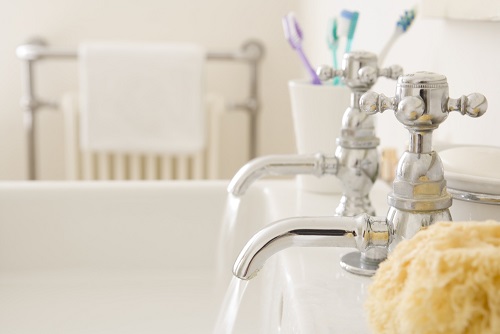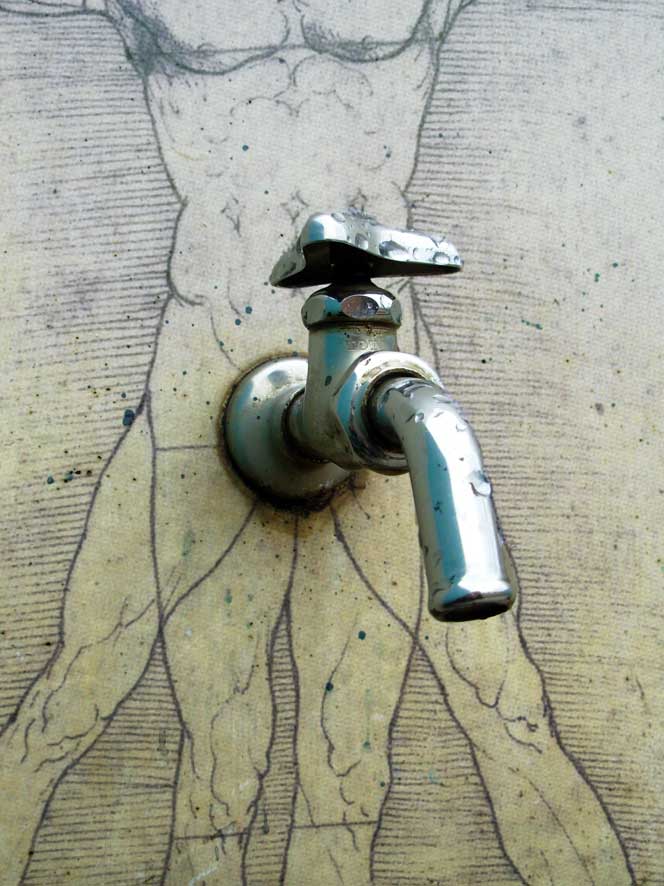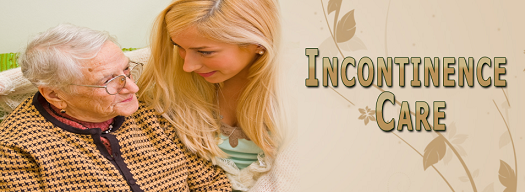Home Caring for Someone with Incontinence, Managing Incontinence At Home
Home Caring: Helping people go to the toilet may require some adjustments to the home. Adjustments will depend on the person’s abilities.
https://www.continence.org.au/pages/at-home.html
It is important to know where to get help. An occupational therapist is trained in assessing the needs of the person and advising on the right equipment for the person’s situation.
Improving access to the toilet
Make sure that:
- the toilet is easy to find and easy to get to, even during the night. Remove clutter that can slow or trip, such as floor rugs or bath mats.
- there is enough room for a second person to assist. If not, have the door adjusted to open outwards.
- the toilet is at the correct height. Use a raised toilet seat and install grab rails to make sitting and getting up easier. An occupational therapist can help with this.
- the person being care for is in a supported, seated position. Use a foot stool if it can be done safely and if their feet do not reach the floor comfortably.
- the toilet floor is non-slip by using washable grip-backed rugs
- the toilet environment is comfortable and clean with good lighting and warmth.
Alternatives to a toilet:
For people unable to access a toilet, consider an alternative such as a commode.
A commode is a chair with a built-in toilet pan, which can be placed beside the bed.
Commodes come in a variety of designs.
Some look like ordinary chairs with a cover seat when not in use. Mobile commodes have four wheels and brakes.
Hand-held urinals are another alternative.
These bottles or urine collection devices are available for men and women.
Some have a non-spill design and can be used in bed or on a chair.
Disposable urinals are available for travelling. An occupational therapist can help you with this.
In the bedroom
- Protect the bed with an absorbent bed sheet.
- Wipe over waterproof fitted mattress protectors to keep odours to a minimum.
- Try placing a commode by the bed.
- Give men the option of using a bottle if they can hold it in place. Some men may also find a jug or bucket easier to hold and aim into.
- Protect or, if possible, remove carpeting. Place a rubber-backed absorbent mat on the floor by the bed. This can be hosed down outside or machine washed and hung out to dry.
- Install a sensor device on the bed or on the floor beside the bed, which buzzes when the person gets up. (The Independent
- Living Centre or Alzheimer’s Australia can provide more details.)
- Use a ‘bed pole’ (self-help pole) to help the person turn over in bed and to get up more easily.
- If possible, move the person to a bedroom nearer to the toilet.
In the living room - If the person you care for urinates into pot plants, remove the pot plants and allow safe access to the garden. Some men with mental health problems prefer to urinate outside.
- Give free access to the toilet by making sure you remove all clutter from doorways and along the passageway to the toilet.
- Arrange the living room furniture to allow free access from a favourite chair to the doorway.
- Keep a bucket or bottle nearby in case of emergencies. Make sure this gets washed and disinfected regularly to prevent odours.
- Protect chair seats with a waterproof chair pad.
- Make sure the person you care for can get out of their chair without difficulty. Their favourite chair may need some modifications. An occupational therapist can advise you on this.
Clothing and shoes
- Clothes such as track pants are simple, but not everybody likes wearing them. Simplify all trousers for men and women by sewing velcro in to replace buttons, zips or side seams. A seamstress would be able to help you.
- Purchase slacks and skirts with elastic waistbands.
- To reduce workloads, buy non-iron clothes that wash and wear.
- Modify nightdresses to open down the back.
- Where possible, and if the person agrees, a man could wear just a pyjama top to bed and women could just wear a short night dress.
- Shoes made of leather or vinyl are easier to clean than material shoes and slippers. Shoes should be well fitted but easy to put on and remove. Look for shoes with Velcro straps.
Choosing suitable equipment
For help in choosing equipment and for making adjustments to the home, ask an occupational therapist or a continence nurse advisor.
An occupational therapist will be able to assess the needs in the home.
Equipment may be purchased or viewed at:
Local community health services
Medical equipment hire stores to find out about the supply and rental of equipment
Technical Aid to the Disabled.






Deja una respuesta